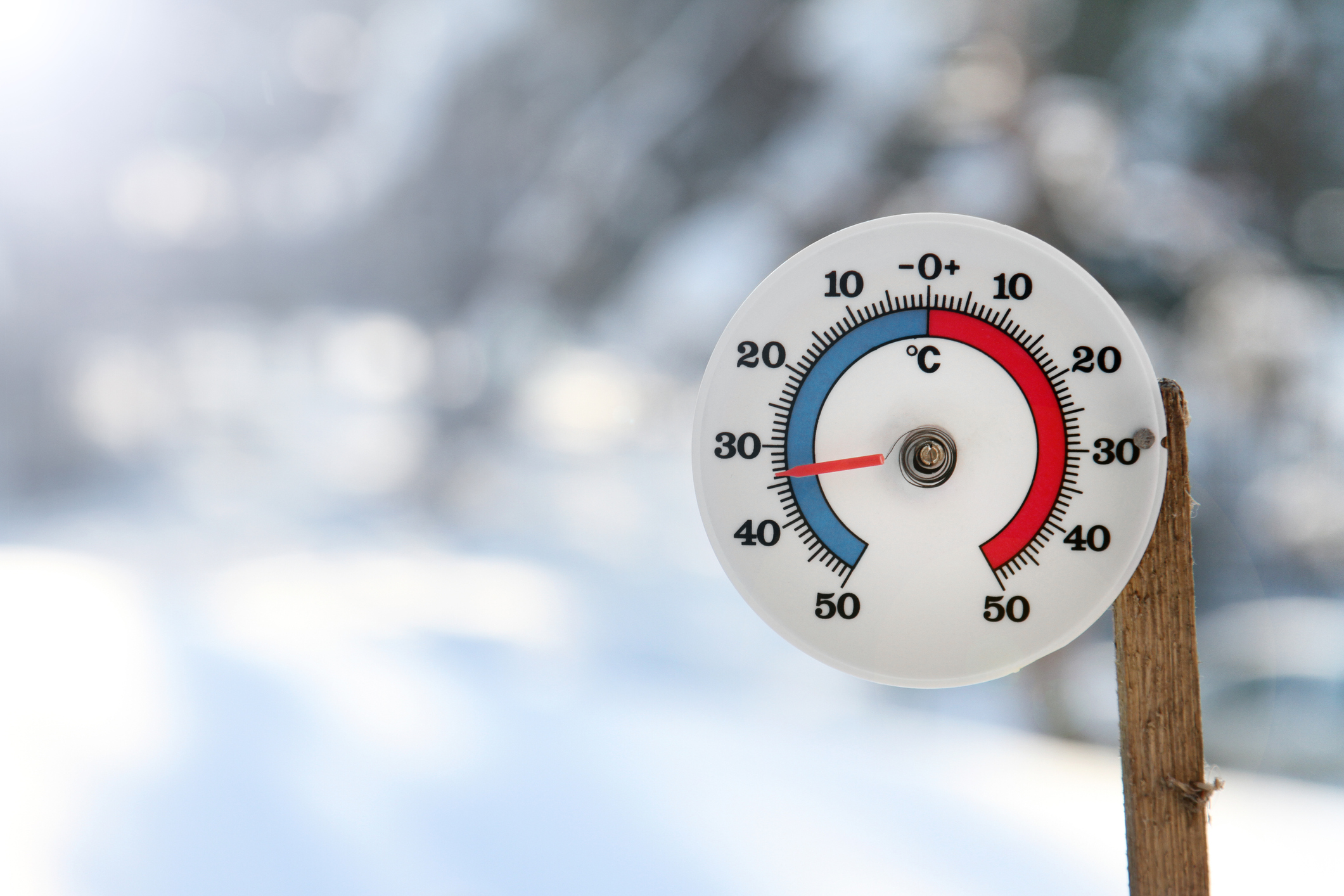Northern Canada boasts some of the most beautiful and harsh surroundings on the globe, which makes providing reliable engineering solutions to these remote cities and towns that much more crucial. While it might seem that the greatest challenge to engineering in Northern climates is severe temperatures and sporadic weather systems, the largest hurdle is the remote nature of the towns, many of which can only be reached by plane.
When engineering for cold, remote climates, there are a number of steps that can be taken to improve the design and overall longevity of the build:
-
Seek out and collaborate with the local experts.
The knowledge and real-world experience of locals are crucially important to the success of any project in the North. Generally, clients will be operating on a smaller scale and will be directly impacted by the outcomes of these projects. These are the people who will be interacting and repairing the structures and systems, so spending time engaging and learning from them will pay dividends later. Whenever possible, incorporate reliable standards with modern technology to ensure dependable backups for unforeseen problems.
-
Focus on reliability first.
Sleek design and fancy automation might make a big splash in large urban centres, but these remote locations are, first and foremost, seeking reliable systems they can trust and ones they can fix themselves. If a water pump fails, it needs to be fixed quickly before water lines burst because there are rarely secondary systems in place. Being smart with design, such as allowing for interchangeable parts between mechanisms, fallback safeties that will keep systems operations, and manual fixes that don’t require expert attention can make a world of difference.
-
Plan ahead and imagine the worst.
Because reliability is the key factor to successful engineering in cold, remote locations, designs must account for worst-case scenarios. The bulk design efforts must be put into the initial design. This can be done by contacting experts, engaging fellow engineers, and learning about the specific conditions of the region that are being designed for. There is no one-size-fits-all solution. Imagining what will happen when plastic piping ruptures or if automation fails to create a safer, more robust system.
When it comes down to it, what a metropolitan client is looking for is exactly the same as what a client who is only accessible by a two-hour plane ride is after. They want reliable, robust engineering solutions that suit their needs.
Our company’s highest priority is to create smart solutions that will stand the test of time and help solve our clients’ problems. In Northern climates, this is vital as the consequences can be dire if the design is not well thought-out. However, we aim for this to be our resolve regardless of location as we partner with our clients through to the successful completion of their projects.
